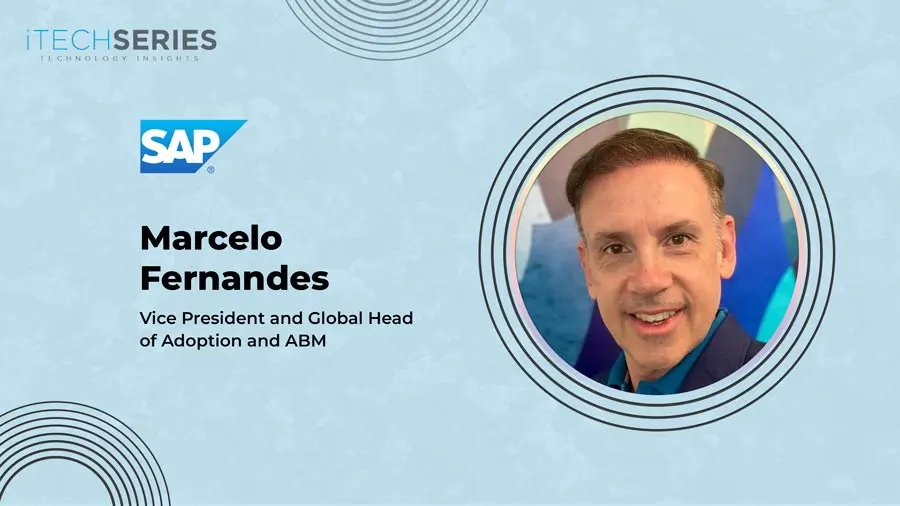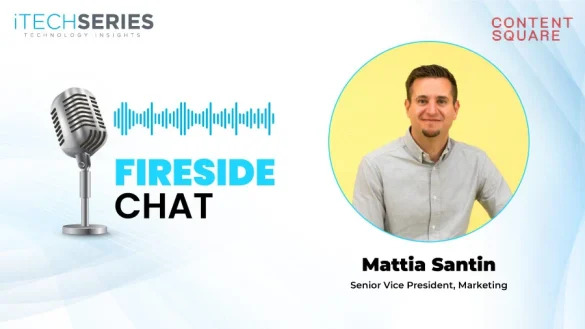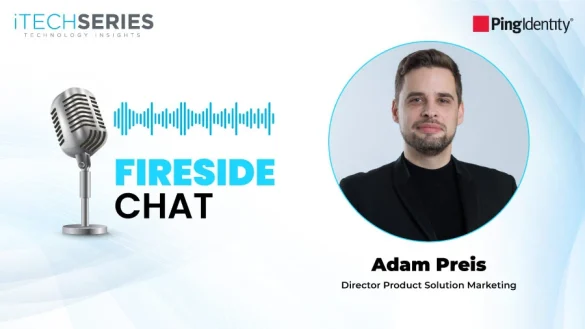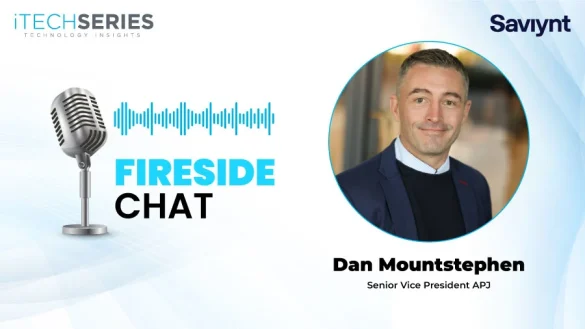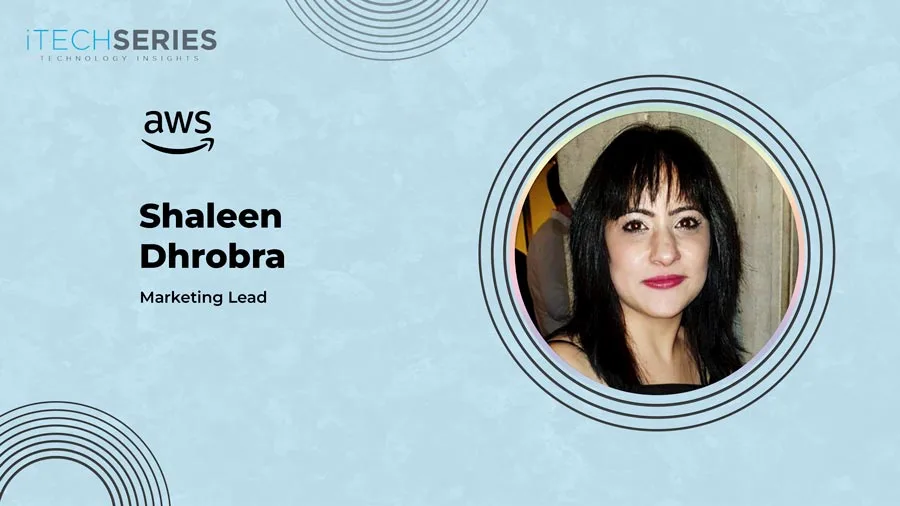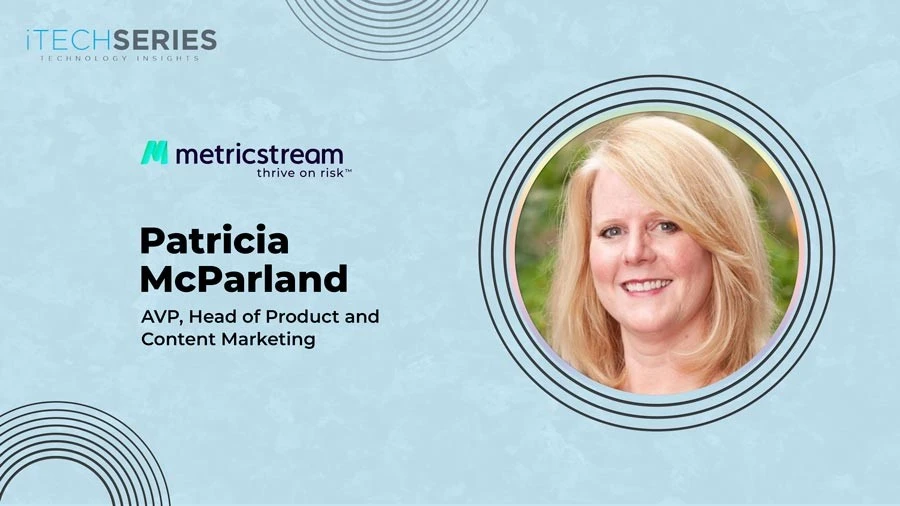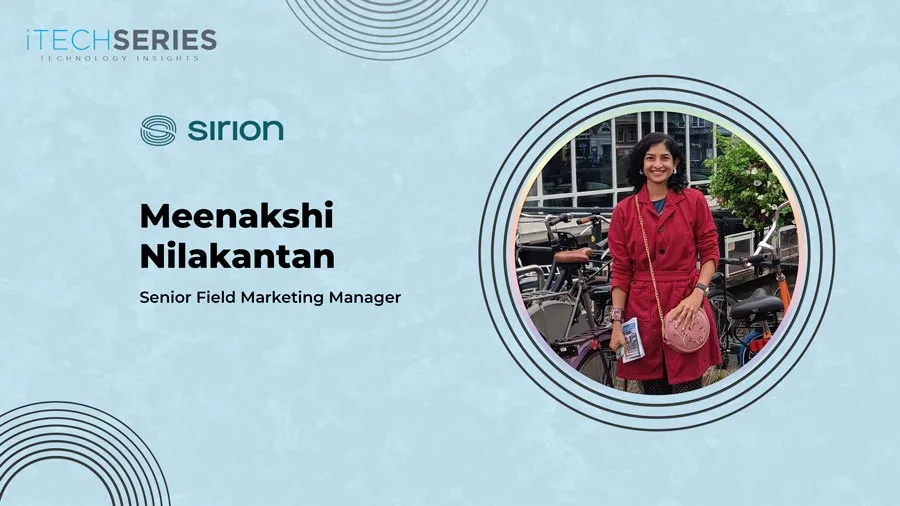Marcelo Fernandes, Vice President and Global Head of Adoption & Account-Based Marketing at SAP, brings over 25 years of experience driving marketing strategies for global enterprises. In this interview, he explores the evolution of ABM, the balance between personalization and scale, and how data-driven marketing fuels revenue growth, customer engagement, and long-term brand success.
It’s a pleasure to have you join us for this interview series, Marcelo. Could you please share a bit about yourself and your journey as a GTM leader?
It’s my pleasure. I have more than 25 years of experience and have worked for many companies (SAP, Microsoft, Huawei, Ericsson, etc.) leading marketing teams in Latin America and currently in a global role. I’ve been running several types of initiatives since the times of printed media until today, with digital marketing. In these companies, I mostly promoted solution-oriented portfolios looking to create brand awareness and demand generation to support the sales process and create market share increase.
How has the role of marketing evolved within the modern, revenue-driven go-to-market structure?
I think in the past B2B marketing was seen more as an awareness tool, despite the fact that since the very beginning, I always had a strong business intelligence drive, so I could share the impact of my programs. With the evolution and availability of more sophisticated measurement tools, KPIs evolved and made the marketing impact clearer to business leaders. Also, with more sales-educated professionals, the understanding of the benefits of a proper marketing strategy started to be better understood and perceived by sales leaders and top management.
What strategies do you employ to achieve the optimal balance between personalization and efficiency within Account-Based Marketing (ABM) programs?
This is a very complex topic; it’s hard to give a short answer. If you think about the puristic approach of ABM, account-based plans should be tailored to the specific needs of a certain customer. This customer has particular challenges that are only theirs, despite generic industry trends. Personalization will then play a strong and strategic role in how you build your value proposition that speaks to those challenges, which will make your ABM program very compelling, increasing the chances of creating more revenue, relationships, and reputation.
On the other hand, this approach is hard to scale. Today many MarTech vendors have been talking about ABM as a technology-driven initiative leading to a 1: few or 1: many approach. The point is, that the classic marketing campaign approach is all about developing messages to clusters of customers, based on trends, common challenges, audiences, etc. MarTech vendors started to use this method to position ABM tools to do exactly this, but it created a lot of confusion in the market.
What once was just segmentation and targeting is now being called Account Based Marketing. In my view, at the moment that you disregard that customer (account) and target multiple companies, you are not exactly doing ABM, but it’s probably fair to say that there´s some level of it. Long story short, scale ABM is proportionally inverse to the level of personalization you can do.
“Personalization will make your ABM program very compelling, increasing the chances of creating more revenue, relationships, and reputation.”
When allocating your marketing budget across various channels, what factors guide your decision-making process for a specific marketing campaign?
My answer to that has always been a mix of data analysis and feeling. On one hand, looking at the data can give you the impression that certain activities are more or less important than others. When possible, it’s always good to analyze independent results of your tactics to make sure that you understand what´s performing or not based on the objectives that were determined.
I’ve always thought of the marketing budget as a “stocks portfolio.” You need to understand the behavior of each, but the entire portfolio should perform well and bring the expected ROI, however, it was defined.
How do you tailor your field marketing strategies to align with both company objectives and local market dynamics?
Nowadays I think that more and more companies are standardizing their marketing strategies in all parts of the world. After all, whatever solutions you sell, they are what you have independent of where you sell them.
Some markets will need more or fewer educational efforts based on their level of maturity, and depending on the solutions that you are selling, some adaptations may be needed. Nevertheless, in the tech business, technology availability is faster and faster depending on local customizations only. Because of this, today 80% or more are standard actions and 20% are left for local or regional customizations.
Could you share an experience with an ABM campaign that presented significant challenges but ultimately yielded highly rewarding results?
We have a few cases that in 2024 represented 2% of the entire pipeline generated by marketing globally. Unfortunately, I can’t disclose a specific case as we deal with very large and well-known brands.
We had a digital campaign for a large consumer company where we aimed at 60 thousand employees globally to deliver our message. We had targeted and personalized ads for these employees and digital assets developed for this company.
There are several other cases of tailored events designed to connect senior customer executives with our senior leaders with agendas crafted with the customer sponsor and our teams. This approach strengthens the relationship with the customer, fostering business and creating new opportunities.
As a marketer, how do you balance short-term pipeline goals with long-term brand-building goals?
My view on this is that the pipeline is a result of a solid marketing strategy. It’s not a matter of either/or, but it’s how you implement several activities in a holistic way, and some of them will have an outcome of pipeline generation.
The difference is how and what you measure your tactical actions. If you can create MQLs as an outcome, they will be converted to SALs and become a pipeline, but in some cases, you either can’t measure or the KPI will be something else other than a pipeline. Different types of tactics have different objectives, so they should be measured accordingly, but with a common goal.
How do you actively incorporate customer feedback into the ongoing optimization and refinement of your marketing programs?
Research is not too much of my area, but we always try to collect customer feedback after our events to understand the value of that activity. Based on that, you can make adjustments to repeat or quit certain activities. We analyze responses to identify recurring themes, assess engagement levels, and determine if our messaging resonates with the audience. We collaborate with internal teams to refine strategies, ensuring future initiatives align better with customer expectations and industry trends.
As a go-to-market leader, which key metrics do you monitor to evaluate the success of a marketing campaign?
Short-term metrics are typically connected with demand generation, which means contact acquisition and SALs (sales accepted leads) that became the way Marketing proves its value to sales stakeholders and management. Lately in the cloud business, we have also metrics associated with the adoption and consumption of solutions that are post-sales metrics.
There´s more and more concern about customer lifecycle value and marketing is following this trend. Of course, there are several other KPIs, like CTR, CPC, etc., for digital campaigns, customer engagement, social media metrics, and others that are not easily connected to the business language as pipeline and conversion typically are.
About Marcelo Fernandes
Marcelo Fernandes is a marketing leader with over 25 years of experience, including 20 years in management across top IT, telecom, and media multinationals such as SAP, Microsoft, Huawei, and Ericsson. He specializes in integrated marketing strategies, solution-oriented portfolios, and Account-Based Marketing (ABM) to drive brand awareness, demand generation, and market share growth. Marcelo has led marketing initiatives from traditional media to digital transformation in both regional and global roles.

